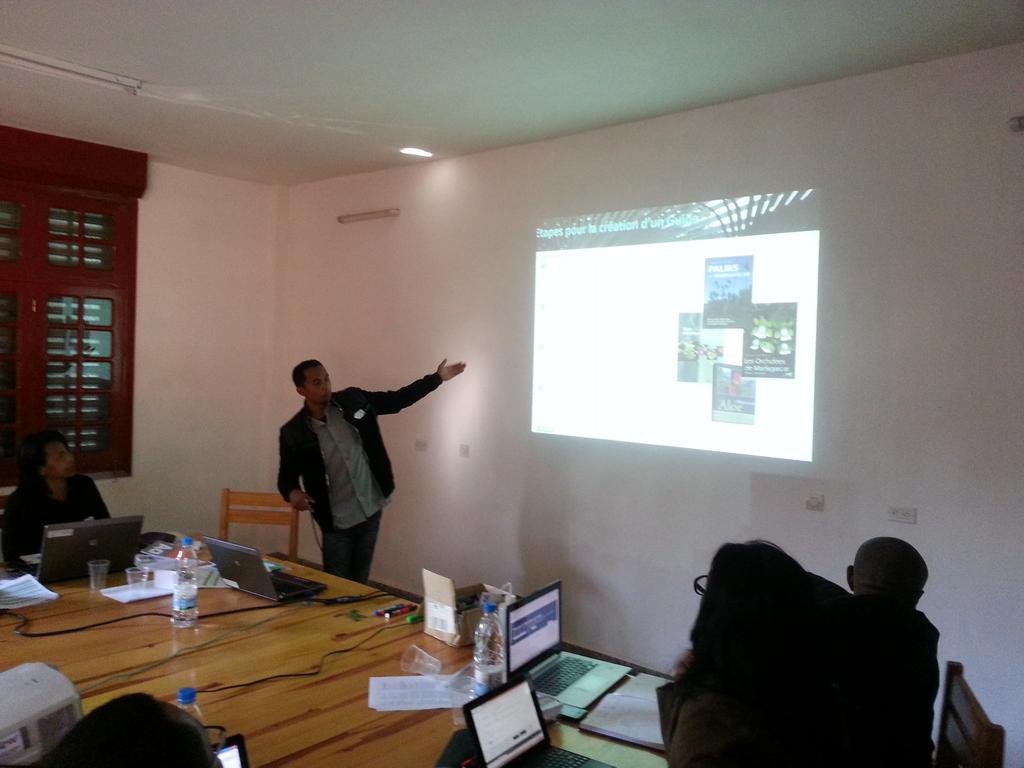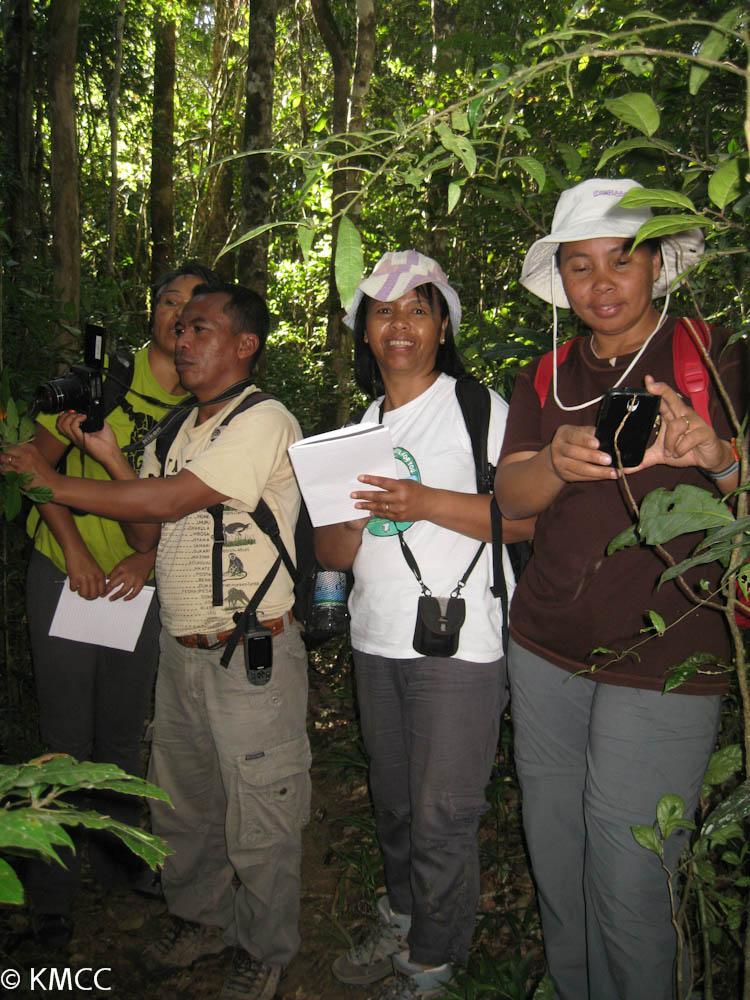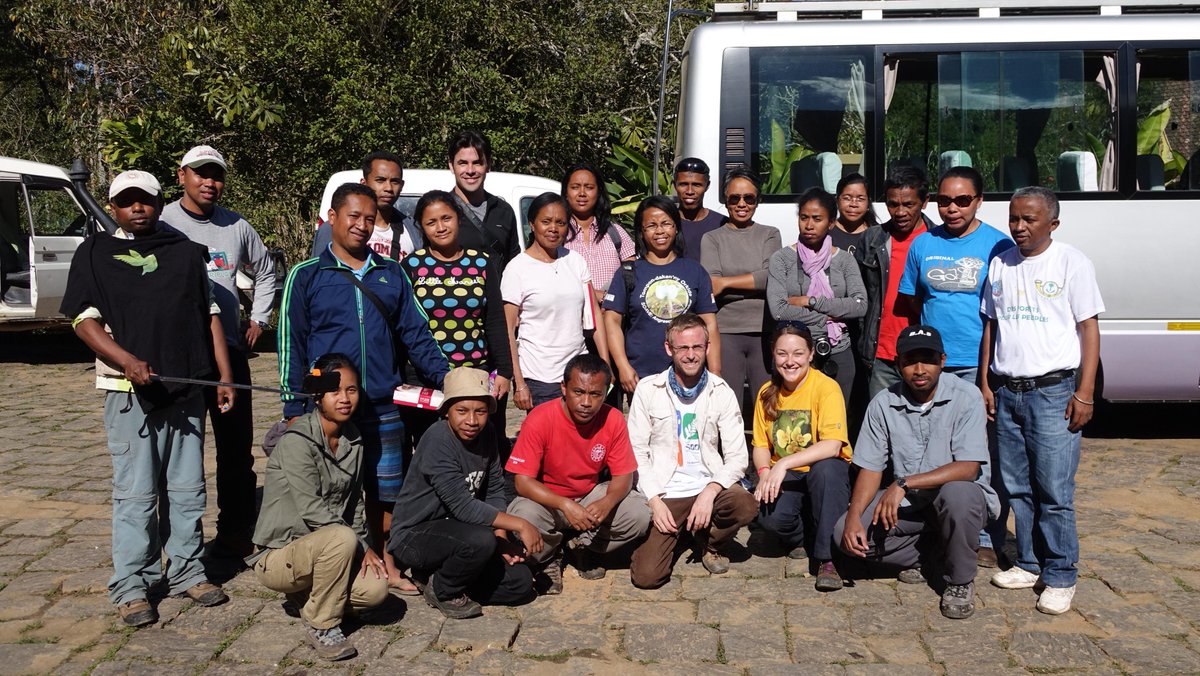In just over a year Zavamaniry Gasy has matured as a valuable research tool and has succeeded in engaging a wide range of botanists, both amateur and professional, in the task of recording Madagascar’s flora to help conservation. At the time of writing, 30 December 2015, a total of 1419 species (10% of the flora) have been recorded and photographed, with the records available through the Global Biodiversity Information Facility (http://www.gbif.org) as well as iNaturalist. This is a great start, but there is definitely room for improvement!
Zavamaniry Gasy currently has 3774 observations representing the 1419 species. Of the 3774 observations only 960 (25%) have research grade identifications. Even with high quality herbarium specimens it can be difficult to identify Madagascan plants due to the background species richness, sparse herbarium collections, incomplete literature and numerous taxonomic uncertainties. Identifying plants from photos is even more difficult as it involves matching images of colourful, living, 3-dimensional plants with dull brown, pressed and dried, 2-dimensional, herbarium specimens. So for a Zavamaniry Gasy observation to be identifiable, the photos have to be as complete and as high quality as possible.
When I have attempted to identify observations on Zavamaniry Gasy, many of the photos and associated data are tantalisingly incomplete for confident identification. I believe that with just slightly more effort from observers, we can significantly increase the proportion of identifiable observations and dramatically increase the numbers of recorded species. We should be aiming for identification success that is closer to 75%.
The following are the photos needed for a complete observation:
- Habit
- Leaves showing the topside and the underside.
- Flowers and fruits.
- Spot characters, e.g. buttresses, bark, glands, exudate, stipules, spines and tendrils.
iNaturalist allows for multiple photos to be linked to one observation, and you will need to take at least 3 photos to adequately portray a plant. A photo of a pretty flower is not sufficient if the identifier has no clue about the leaves or the habit. You have to think about the information needed for an identification and make sure that it is captured in either the photos or the accompanying observation notes. Are the leaves simple or compound? Are the leaves opposite, alternate or whorled? Are there stipules or stipule scars? Is the plant a tree, shrub, herb, climber or epiphyte? How tall is it? How long are the leaves? Is there exudate from the trunk or the leaves, e.g. white latex? Are there glands on the leaves? What is the habitat, e.g. on a rock, in water, up a tree, in open savanna or a dark humid forest? It is too easy to just snap a quick photo of a flower and think that the job is done. The iNaturalist observer must think like a botanist, not like a tourist.
Here is an example that would be relatively easy to identify:
Tree 4m tall, humid forest, leaves alternate & 10cm long, distinct stipule scars.



The species is Dillenia triquetra (Dilleniaceae).
The camera technology in smartphones is amazing and in general, if using a smartphone, you should be able to take reasonable photos in most forest situations. Light will always be a critical factor, as the smartphone sensors are small, so for the best quality photos look for well-lit plants (if there is not enough light the photos will look grainy and blurry). Most smartphones and compact cameras can close-focus, but they do not have dedicated macro lenses. It is possible to crop photos or zoom in to see macro detail as the images from most devices will have enough pixels. If you get too close to a plant you might end-up with blurry photos, because the camera cannot focus or you are blocking too much light. If the first photos do not look good then try different angles or distances until the photos accurately portray all of the necessary features of the plant. iNaturalist is supposed to be a quick way to record biological data, but it is worth slowing down in the field and making the effort to take good photographs… most Madagascan plant species have never been photographed before!
One last point about photos, if slow internet speeds are a recurring problem then you can improve the chances of uploading images by reducing their file size. This can be done either before the photo is taken, by changing the camera or smartphone settings, or afterwards using standard photo software such as IrfanView (http://www.irfanview.com). However, always try to keep the maximum number of pixels for the device and just reduce the image quality (e.g. from fine to normal). The most common image format is jpeg (Joint Photographic Experts Group), which is designed to be compressed. A lower quality setting just means that the image is more compressed. This does lose some detail from the image, but a small amount of compression will not be noticeable and it can significantly reduce the file size. If you do reduce the image size in terms of pixels, then archive the unaltered original image and download a re-sized version (an image that is either 1500 pixels in height or width will be perfectly adequate for display on most computer, tablet or smartphone screens).
Finally a few thoughts about our first two bioblitzes at Analamazoatra and Mantadia, recording 160 and 72 species respectively. Frustratingly, not all of the observations made on the days were attributed to the bioblitzes. Bioblitz observations link to particular places on particular dates and observations without locality information or the date will be excluded. However, as all plant observations from Madagascar on iNaturalist are automatically attributed to Zavamaniry Gasy, these unlinked bioblitz observations still contribute to our overall totals. The first two bioblitzes were a great success, bringing together botanists from a range of organisations and achieving a huge number of observations in a short space of time. We just need to do some more now, so… happy bioblitzing in 2016!
Stuart














